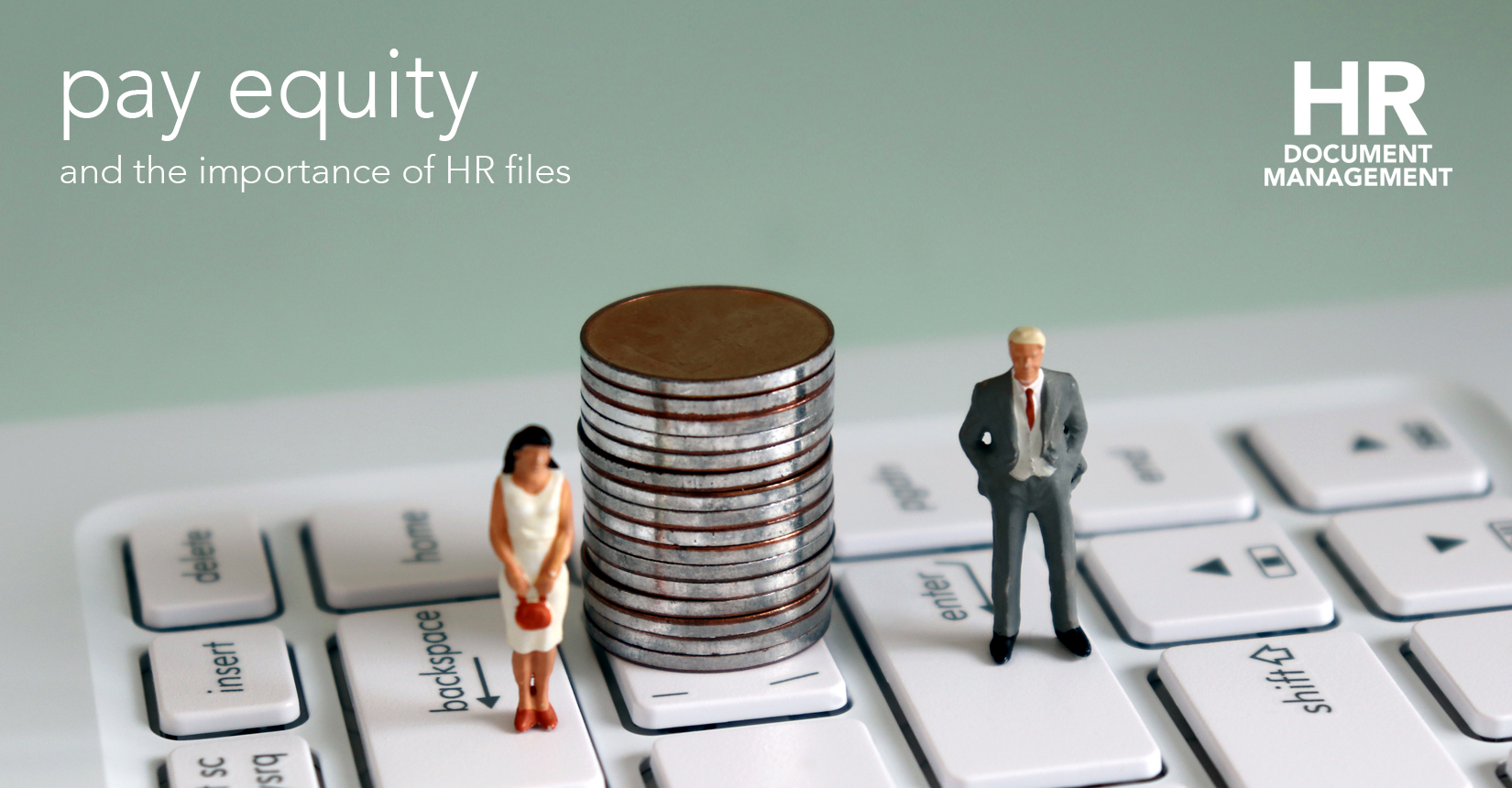Pay Equity laws are evolving, and compensation enforcement is expanding. Never has maintaining employee data and human resources files been more important in pay equity compliance.
The Department of Labor, through the Equal Employment Opportunity Commission (EEOC) and Office of Federal Contract Compliance Programs (OFCCP) are increasing their attention on Pay Equity, or equal pay for equal work. More recently, the momentum has shifted to states and cities as they enact aggressive pay equality laws. As a result, a patchwork of pay equity laws that sometimes differ or contradict each other is adding to the complexity of compliance, especially for organizations that operate across multiple jurisdictions.
The importance of Pay Equity
Pay Equity aims to eliminate discrimination in wages. Regulations identify the criteria employers must use to set wages to be sex- and race-neutral.
Since passage of the Equal Pay Act in 1963, it has been illegal in the U.S. to pay men and women who are working in the same location different salaries for similar work. However, improvement in pay equity has been slow. At present, studies show that women are paid about 80 cents for every dollar made by men. For minorities, the gap is wider.
Keeping HR files in order for improved compliance
Although criteria can vary from one jurisdiction and regulation to another, there are some common factors to consider in compensation decision making. For example:
- Seniority
- Merit
- Workplace location
- Travel requirements
- Measurement of earnings by quantity or quality of production
- Education
- Training
- Experience
It’s vital that these factors be well-documented and supported with accurate HR file-keeping. When it comes time to perform a Pay Equity audit, you will need to gather all relevant data from your HCM and all related, supporting HR files. Sometimes data, such as time with the organization, time in position, date of hire, performance metrics, and pay history are in separate systems, while supporting documentation may be in another system or stored on paper.
A paperless system for HR file management that electronically manages supporting documents, files and emails, and connects this information with HCM/Payroll systems eases the gathering of information when it comes time for the pay equity audit.
Local regulations are on the rise
While federal laws have long required employers to compare wages for employees in the same job who are similarly placed, state and local agencies are increasing their attention on the matter after finding that federal rules are too subjective and open to discrimination. For example, Massachusetts, New York, California, and Oregon, plus several local municipalities like San Francisco and New York City have enacted their own pay equity laws.
Oregon’s Equal Pay Act, passed in 2017, recently went into effect on Jan. 1, 2019. It aims to shrink the pay gap and goes beyond gender to include additional protections for race, religion, marital status, and age. Oregon’s version of pay equity, or pay parity, requires that “work of comparable character” be equally rewarded.
Employers in the state are realizing that the first step is to perform a Pay Equity Audit to identify if there are any discrepancies, and if the reasons for those discrepancies fall into one of the allowable factors in the law. In Oregon, any changes to meet pay equity can only be made through increases in salary. The law is clear that a person’s salary cannot be reduced to meet pay equity requirements.
Similarly, California’s 2016 Fair Pay Act adopted an expanded “substantially similar” standard that requires employers view similar work as a composite of skills, effort and responsibility. The California law holds employers legally liable if pay differs among white men and others performing substantially similar jobs.
The Pay Equity Audit
As with any audit, if you can’t find it, it doesn’t exist. And, if it takes more than 10 minutes to find it, might someone say you were creating it? Being able to find files, quickly, is important.
Unfortunately, when it comes time for the Pay Equity Audit, some organizations are unprepared and must ask employees for their level of education, experience, and certifications all the way back to the time when they started working. If the original files were not saved from the start, the process can be long and arduous.
Add to this, the complicating factor that over an employee’s lifecycle, when an employee may have started years ago, the rules were different. Some information that is needed now, may not have been necessary 20 years ago.
A Pay Equity audit will often encompass several areas, all of which are supported by accurate record keeping and supporting HR files:
- Statistics
Comparison of the rate of pay based on position and grade with consideration of seniority, experience, expertise, employment history, or other factors not based on sex or a protected category. - Performance reviews
Analysis of job evaluation procedures to ensure they are applied consistently and not favoring some individuals over others. - Compensation
Analysis of values used in determining employee raises and bonuses. - Prevalence of women, minorities, and older workers
Analysis of workforce demographics to determine if women, minorities, or older workers occupy certain positions or levels in the company.
Glassdoor offers a helpful Employers Guide to get started: How to Analyze Your Gender Pay Gap







